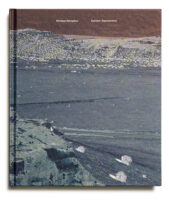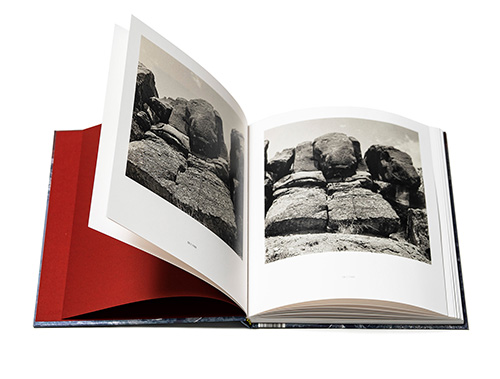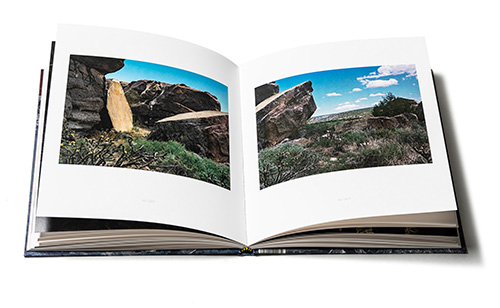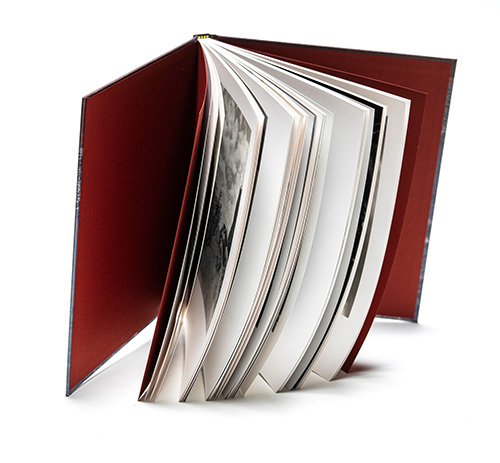
Monique Deregibus
In the summer of 1989, Monique Deregibus encountered a specific, isolated and powerful place in the heart of the Galisteo Basin desert (New Mexico, USA), steeped in shamanic stories and Indian reminiscences. For ten years (1989-1999) and with a last trip in 2017, she went back to photograph these same landscapes: chaotic blocks of stone with Indian petroglyphs deposited on the surface, left by the Anasazis to attest of their passage (14th to 17th centuries) as well as their ritual presence, before they inexplicably disappeared … It’s in the same desert that the first ever nuclear bomb was invented and tested in Alamogordo (New Mexico) in July of 1945. It was only in the aftermath of her practice that the photographer’s unconscious use of photography to veil and reveal an image in suspense was found out, almost always conveying a chaotic human history of noise and war. The extracts which punctuate the book were all taken from Jerome Rothenberg’s 1960 Shaking the pumpkin, a collection of tales from south-west Native American tribes.
Galisteo Equivalences, 21,5 x 25 cm, 110 pages including foldouts, circa 100 reproductions in two-tone and full color, bound in full paper. Text: French / English. Graphic design: L’atelier d’édition.



